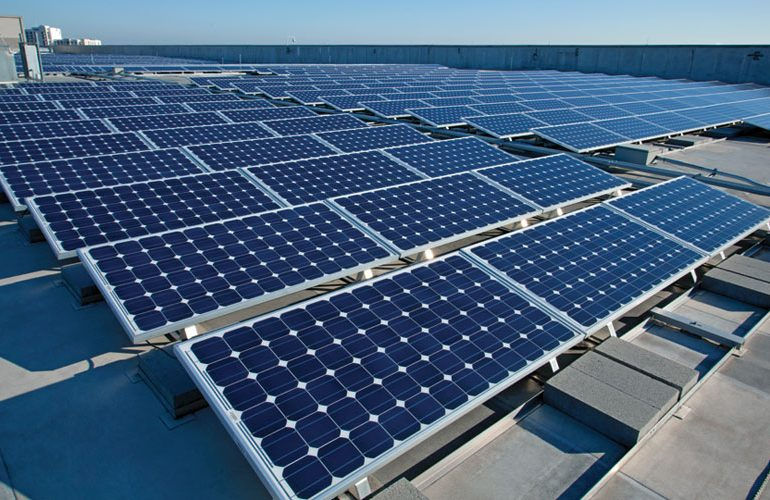Who’s afraid of renewables?
- Reon Energy
- Feb 26, 2020
- 3 min read
For some reason, there is some apprehension in introducing more renewable energy sources in Pakistan. Despite the fact that globally performing economies are the ones transitioning fastest to renewable electricity production. Other countries are transitioning at a much slower pace, and this group includes Pakistan. Pakistan’s new Alternative and Renewable Energy Policy (ARE Policy) has been underway for more than a year, and it has face stiff resistance.
A transition would make it possible to offer affordable prices to consumers and would contribute to making Pakistani industry more competitive. At the same time, it would allow for a gradual elimination of the massive and still accumulating circular debt, which is undermining the viability of the entire economy.
Partners from Europe stand ready to partner with Pakistan if a transition to renewable energy takes place. Some of the world’s leading wind turbine producers, solar panel producers, and most advanced transmission grid and energy efficiency solutions come from Europe.
One critique is that renewable energy is variable and cannot form the baseload in producing electricity. Why then are the best performing countries going for just that?
The worst part is that renewable transition will make the already strong economies even stronger, and by default make the struggling economies even less competitive globally. In December, Denmark crossed the 50 percent mark for wind and solar production as the first country in the world – a doubling over just 10 years. Since, 1990 Denmark has enjoyed over 50 percent economic growth, but uses eight percent less energy compared to 1990.
Electricity from fossil fuels produces at far too high a cost and it is undermining Pakistan’s economy, when competitors are transitioning and producing electricity at much lower prices.
Combined with biomass and import of electricity from hydro, more than 80 percent of electricity used in Denmark is now generated from renewables, and there are countries where it is already closer to 100 percent if you include hydro. This means that the baseload for electricity production in Denmark is in fact wind, and this is doable with a strong transmission grid and operational intra-day planning.
The resistance from fossil fuel circles is of course understandable, but not helpful for Pakistan. While transitioning to a much higher percentage of renewable energy as foreseen in the draft, ARE Policy is the only way to make the energy sector in Pakistan viable.
One thing is introducing more renewable energy; another is the obvious need to focus more on energy efficiency, because that also holds the potential of huge savings.
There are many solutions that could help reduce the energy consumption of Pakistani households and businesses while still meeting the same needs. An effort to improve energy efficiency through, for instance, better insulation of building or smarter technical solutions has the potential of immediately lowering the consumption and with it the cost for both private consumers and industries.
Under the right framework conditions, there is no reason why parts of the production could not be moved to Pakistan and thus contribute to job creation and to the economic development of the country.
We have entered a crucial decade in the combat against climate change. It is not just a nice-to-have thing coming at an extra cost. It is a need-to-have for emerging economies, not only to counter the obvious negative effects of climate change, but also because it can actually strengthen a country’s economic competitiveness.
This decade will separate the global winners from the global losers. Where does Pakistan want to be?




Comments